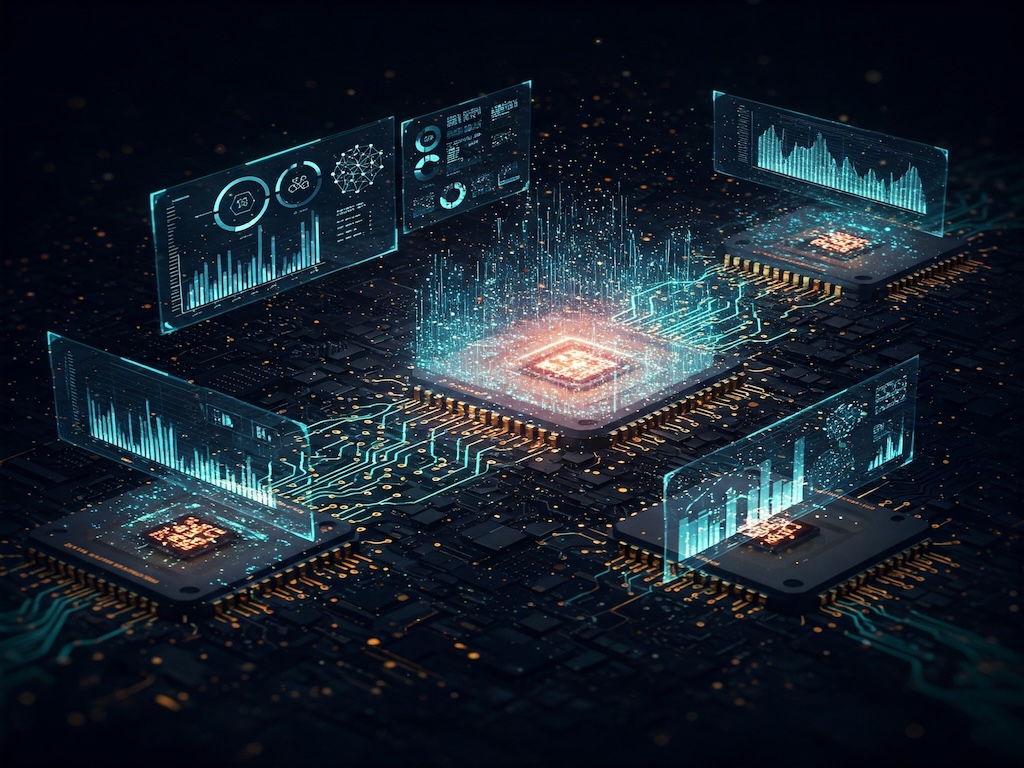
AI Model. what model? training?
What is an AI Model?
When people talk about Artificial Intelligence (AI), you often hear the word "model" thrown around, but what does that really mean? Is it a blueprint, a machine, or a special kind of software? In simple terms, an AI model is the "brain" behind an AI system — it’s what allows AI to learn, make decisions, and create new things. Just like people learn from experience, AI models learn by studying massive amounts of data. The better they learn, the better they can help us in everyday life. Let’s take a closer look at how it all works, in a way that's easy to understand.
How Does the Model Work?
When we interact with Generative AI tools like ChatGPT, it feels almost magical — you type a question, and instantly a detailed answer appears. But behind the scenes, it’s the model that’s doing all the work. The model reads your input, thinks through everything it has learned, and crafts a response. The real question is: how did the model learn to do that? How does a computer program figure out how to write sentences, solve problems, or even create art? That’s where the training process comes in — and it’s a fascinating journey.
The Training Process
Training a model is a little like teaching a student — but instead of textbooks, the model studies huge piles of data. For example, a language model like ChatGPT is trained by reading billions of sentences from books, websites, articles, and conversations. It doesn’t just memorize them; it looks for patterns — like how words fit together, how questions are usually answered, and how ideas connect. Over time, by seeing millions of examples, the model slowly gets better at predicting what comes next in a sentence or how to respond to different types of questions. Training takes a lot of time, powerful computers, and mountains of information — but it’s what turns a blank computer into an AI that can chat, write, and even think creatively.
The Cost of Training a Model
Training a model isn’t quick or cheap. Training a powerful language model, like the ones behind ChatGPT, can take months of nonstop computing. It’s not just about time — it’s about massive computer power. Special hardware called AI chips (like GPUs and newer AI-specific processors) are needed to handle the huge amount of math involved, with thousands of computers working together, 24/7, to help the model learn. And the cost? It’s not small. Training a cutting-edge Large Language Model (LLM) can cost tens of millions of dollars. For example, training a model like GPT-3 reportedly cost around $10–15 million, and newer models cost even more. The amount of data used is also mind-blowing. A model like GPT-3 was trained on around 500 billion words — from books, articles, websites, and all kinds of writing found online. Newer models are trained on even larger and more diverse data sets, including code, images, and specialized knowledge. Once training is finished, the model itself can be hundreds of gigabytes in size, packed with everything it "learned" from all that information. When you interact with an AI, you’re really tapping into all that training, condensed into just a few seconds of response time.
Why Models Don’t Always Know the Latest News
Once a model is trained, it usually stays the way it was at the moment training finished. Instead of updating an old model with new information, companies often choose to train an entirely new model from scratch when they want something better or more up-to-date. Why? Because retraining or updating an existing large model is extremely complicated, expensive, and sometimes even riskier than starting fresh. That’s why many AI models don’t know about very recent events. For example, a model trained in 2022 might not know about anything that happened in 2023 or 2024. It’s not because the AI isn’t smart — it’s simply because its "learning" stopped when the training data ended. New versions of AI models are released over time to catch up with new knowledge, but until then, the AI answers based on what it already knows.
